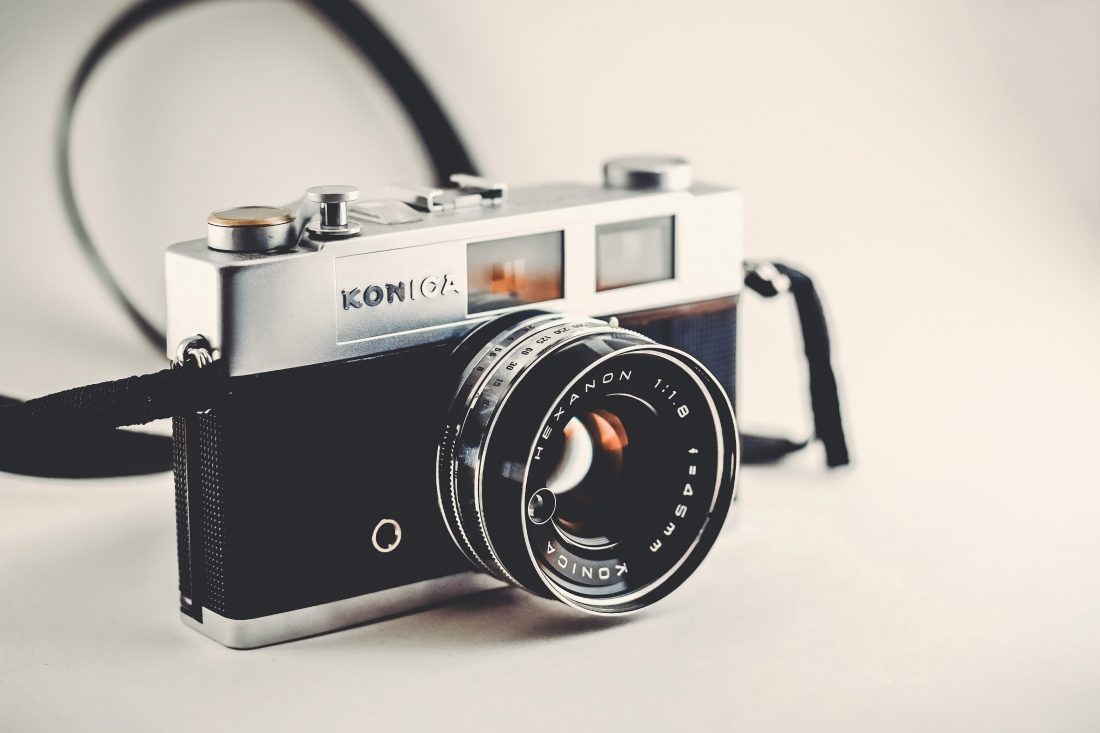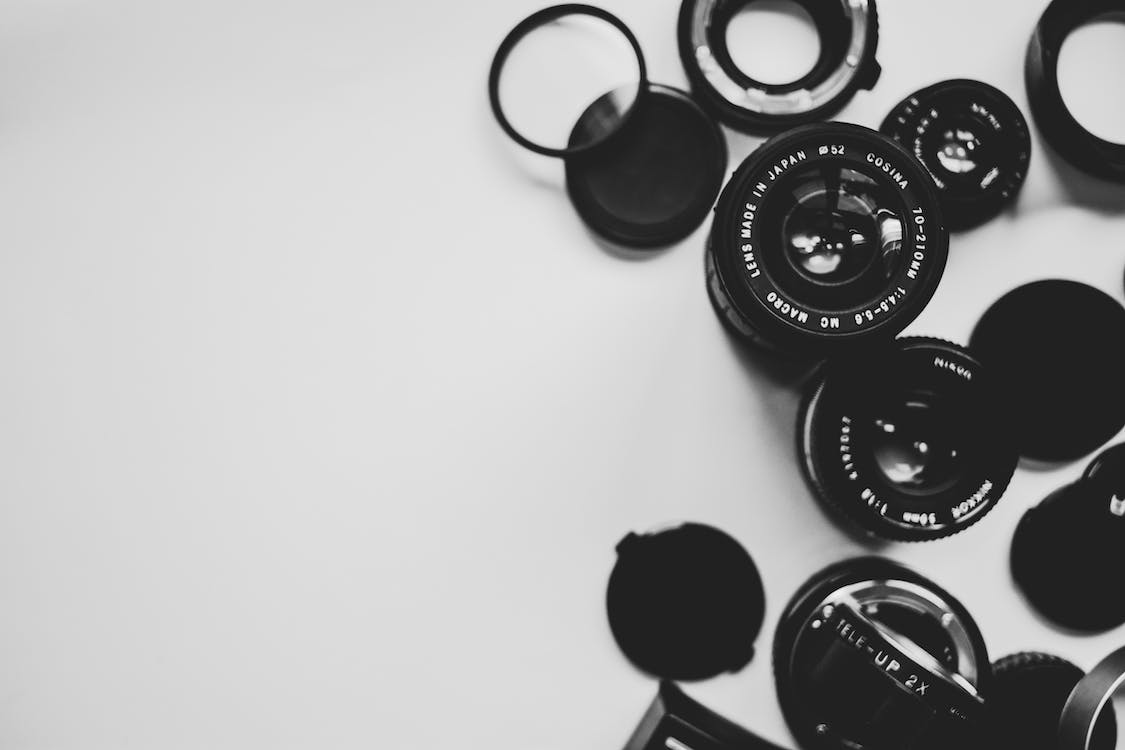
Introduction to Canon EOS 50 Film Camera
If you’re a fan of photography, then you’ve surely heard of the Canon EOS series. Today, we’ll be delving into a classic model that continues to hold its charm despite the passage of time, the Canon EOS 50 film camera. Let’s set the stage by answering a basic question: What exactly is the Canon EOS 50?
The Canon EOS 50, also known as Canon EOS Elan II in North America, is a 35mm autofocus SLR camera (Single-Lens Reflex) released in 1995. It was a revolutionary piece of machinery at the time, embedding the latest technology in a sturdy and compact body, setting new standards for photography enthusiasts around the globe.
Back in the days, the initial selling price for the Canon EOS 50 was around $700 marking it as a premium piece of equipment, rightly so given its innovative features and top-notch performance.
An Honest Review of Canon EOS 50
Compared to other cameras of that era, the Canon EOS 50’s autofocus was fast, quiet, and accurate. I fondly remember the satisfying click it made when capturing photos, a sound that has since been associated with a successfully captured moment.
What differentiated the EOS 50 from others was its variety of focus modes. It featured five autofocus zones, which could be individually selected or automatically assigned. This feature, in combination with the Predictive autofocus, made it an excellent choice for action photography.
In terms of image quality, it was top-notch, thanks to Canon’s EF lenses. The camera worked perfectly with every EF lens, providing high-quality images filled with detail and vibrant colors. I must particularly highlight the metering system of the EOS 50. The 6-zone evaluative light metering was spot-on, producing balanced exposures in various lighting conditions.
On the downside, the camera body was mostly made of plastic, which might not appeal to everyone. But let’s not forget that this allowed the EOS 50 to remain lightweight whilst maintaining durability.
Concluding the Canon EOS 50 Experience
Looking back, my Canon EOS 50 was a companion that blended into every journey I set on, capturing moments in the best way possible. It was an investment that provided me with an invaluable learning experience and the joy of capturing life’s moments with ease and precision.
Even today, the EOS 50 is a valuable addition to any photographer’s kit, especially for those who enjoy the nostalgia and charm of film cameras. It serves as a reminder of the traditional craft of photography, highlighting the essence of patience, skill, and creativity.
Before I end this post, I want to emphasize that the Canon EOS 50 is a film camera and is not compatible with smartphones or digital technology. It’s a piece of art that stands on its own, a classic symbol of photography that proves that sometimes, the old ways can still compete with new.
In conclusion, the Canon EOS 50 film camera is a timeless piece of equipment that lays testimony to the beautifully challenging and captivating world of film photography.
